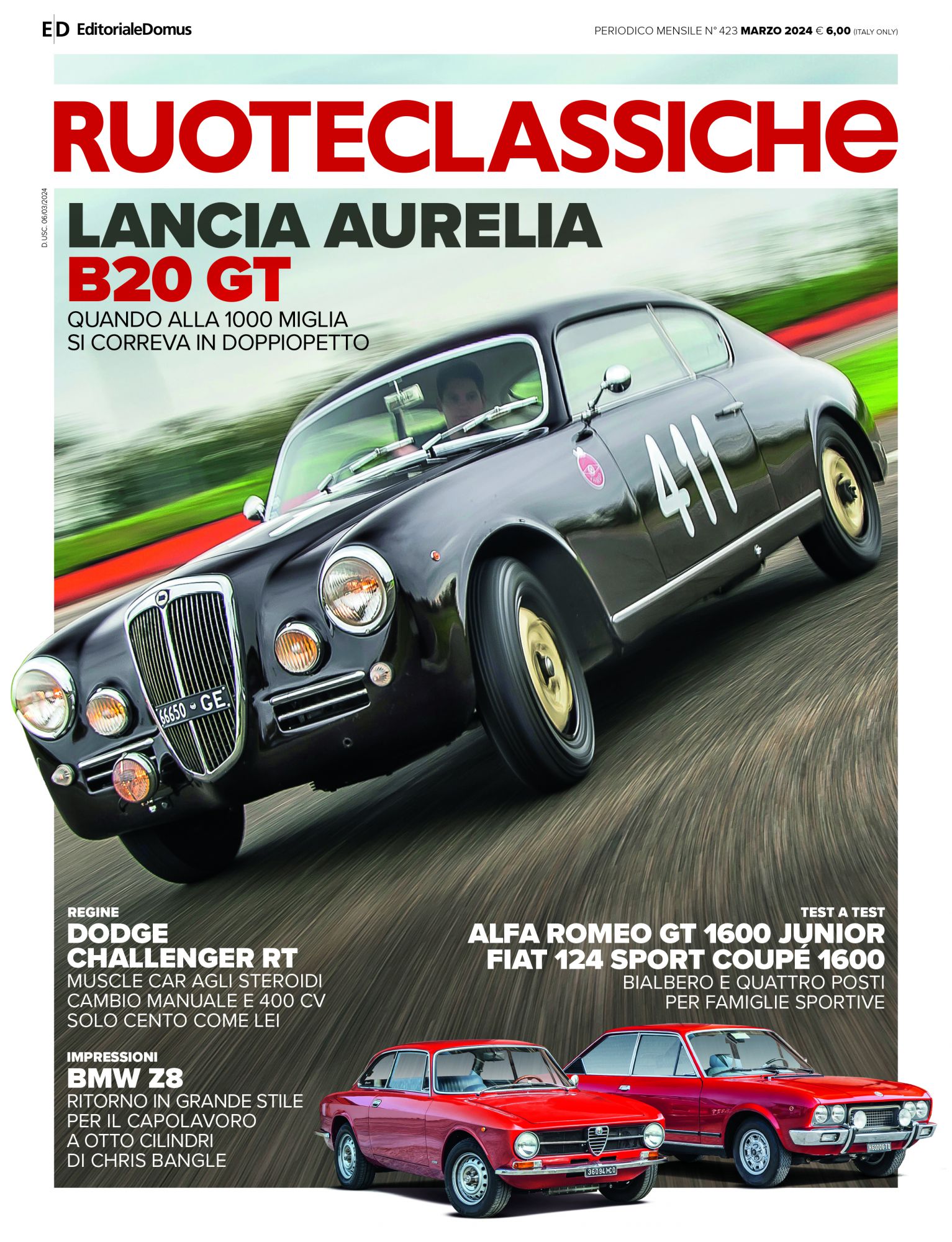

What is a classic car.
In current language the term vintage vehicle indicates a vehicle which, being of an old generation (two or more often a few decades), has reached a certain collectible value.
From the point of view of official recognition and for insurance purposes, the common definition does not coincide with the official one; the one given in Italy and therefore attributed to the term in the Italian language provides for example a minimum age of thirty years in order to be able to talk about vintage cars. Regulations change from country to country.
In some countries the invented term oldtimer or similar is found; these terms, coined in English, do not correspond at all to the current usage of the various English-speaking countries.
Sometimes it is also possible to observe how within a given country different terms are used to specifically indicate models of various degrees of seniority, or the purely collectible value is distinguished from the historical one.
As mentioned, a vintage vehicle in Italy is formally defined as a vehicle that has exceeded the 30th year of life and is specifically registered as such. These vehicles are no longer considered suitable for road circulation, but can participate in the events dedicated to them, using a temporary license plate or the original one, if they have one. By being canceled from the public automobile register, they are no longer required to pay any ownership tax ("stamp"), but rather a circulation tax comparable to that envisaged for mopeds.
This definition should not be confused with that of vehicle of historical or collector's interest, which includes all vehicles thus arbitrarily recognized by at least one of the five private clubs designated by law. This classification, often obtainable from the age of 20, does not intrinsically imply restrictions on the use of the vehicle, instead offering concessions on road tax; exemptions from local restrictions and specific insurance formulas may also be provided.
When counting the years of life of the car, the year of construction is valid and not the year of registration. According to the highway code, they are considered atypical vehicles.
Depending on their construction period, vintage vehicles can be classified in various ways:
-Antique: vehicles built before 1904
-Veteran: vehicles built from 1905 to 1918
-Vintage: vehicles built from 1919 to 1930
-Post vintage: vehicles built from 1931 to 1945
-Classic: vehicles built from 1946 to 1971
-ost classic: Vehicles of particular historical interest built at least 20 years ago
-Instant classic: Recent or very recent vehicles with particular characteristics, considered as collector's items
 Versione italiana
Versione italiana Deutsche Fassung
Deutsche Fassung.svg.png) Alfa Romeo
Alfa Romeo  Alvis
Alvis  Amilcar
Amilcar  ASA
ASA  Aston Martin
Aston Martin  Audi
Audi  Austin-Healey
Austin-Healey .png) Bentley
Bentley  BMW
BMW  Cadillac
Cadillac  Chevrolet
Chevrolet  Citroën
Citroën  Daimler
Daimler  DKW
DKW  Ferrari
Ferrari  Fiat
Fiat  Ford
Ford .svg.png) Honda
Honda  Innocenti
Innocenti .png) Jaguar
Jaguar  Kawasaki
Kawasaki .png) Lancia
Lancia  Land Rover
Land Rover  Lotus
Lotus  Maserati
Maserati  Mercedes-Benz
Mercedes-Benz  MG
MG .svg.png) Mini
Mini .png) Morgan
Morgan  Nash Healey
Nash Healey  Peugeot
Peugeot  Porsche
Porsche  Renault
Renault  Rolls-Royce
Rolls-Royce  Siata
Siata .png) Studebaker
Studebaker  Subaru
Subaru  Toyota
Toyota  Triumph
Triumph  Volkswagen
Volkswagen  Aprilia
Aprilia  Benelli
Benelli  BSA
BSA .svg.png) Honda
Honda  Moto Guzzi
Moto Guzzi .png) NSU
NSU  Ossa
Ossa  Polaris
Polaris  Royal Enfield
Royal Enfield  Suzuki
Suzuki  SWM
SWM  Yamaha
Yamaha 


